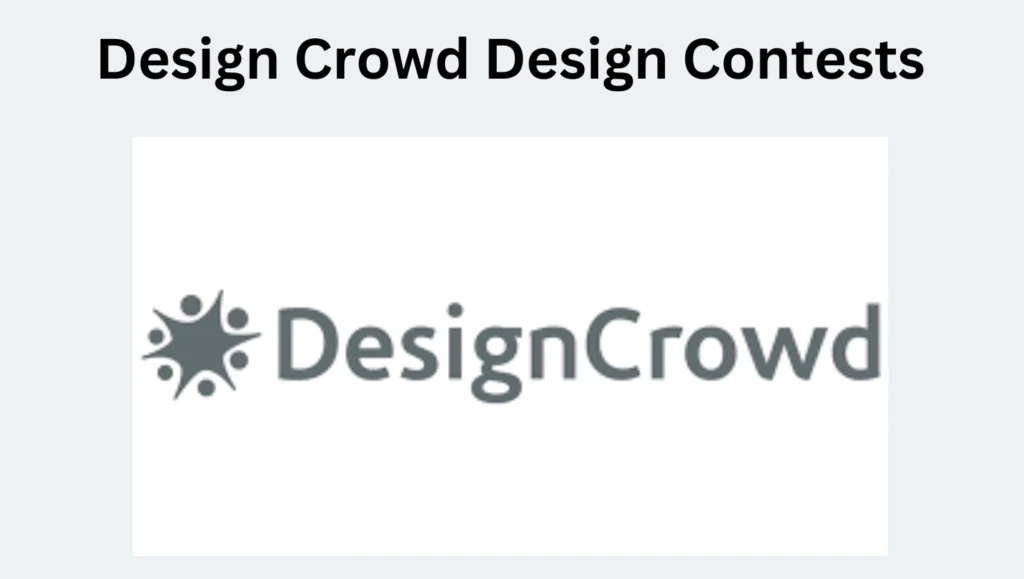There is no monetary investment required to join, but designers must invest significant time in creating submissions, many of which won’t be paid for.
Earnings depend on winning contests, which is not guaranteed. Scaling up requires constant participation and winning multiple contests, making growth limited.
No passive income opportunities exist. Designers must keep entering new contests to earn money, making it a fully active income model.
The demand for design services is strong, but DesignCrowd has many competing platforms, and clients often have high expectations for low payouts.
The platform is highly competitive, with many skilled designers submitting entries. This makes it difficult for new or average designers to win contests.
Even if a designer wins, payments are not immediate. It takes time to submit work, wait for client selection, and receive payouts.
While graphic design remains in demand, the contest-based model is unstable. Designers who don’t win frequently may struggle to earn consistently.
The risk is high because designers can invest hours in a project without earning anything. There is no guarantee of success.
Anyone can join, but competing against experienced designers is tough. Success requires skill, persistence, and understanding client preferences.
DesignCrowd’s model is subject to industry trends and platform changes. Increased AI tools and template-based design services may reduce opportunities for designers.
The platform is available worldwide, but payment methods and local regulations may affect access in some regions.
Strong design skills and creativity are essential. Beginners may struggle to compete, and learning advanced tools is necessary for success.
Payments are reliable but can take time to process, especially for first-time winners. Some withdrawal fees apply.
Winning contests is difficult due to high competition. Earnings are inconsistent, and designers must repeatedly submit work to stay profitable.
